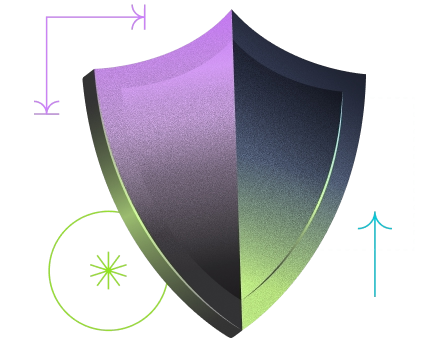After two years of pandemic, the term "electronic signature" has become part of professional and private use.
Today, however, we would like to talk about a somewhat less common use case: face-to-face identity verification...
Yup! When we talk about electronic signatures, we often think of the remote because we associate it with the period of confinement linked to the pandemic, but this is only the tip of the iceberg...
In reality, face-to-face practice is required by certain sectors of activity and/or certain types of acts or contracts to be signed.
So: in which framework and for which signature levels does face-to-face identity verification apply?
What is "face-to-face ID verification” ?
Face-to-face is used as an authentication method and can be carried out either physically or remotely.
And strap on, because this is where it gets subtle: the face-to-face meeting does not necessarily take place in person!
1- Remote identity verification
Juste as we mentioned in our article Simple, advanced, and qualified electronic signature: What is the difference?
Whereas previously identity verification required a physical meeting, it can now be performed remotely if certain conditions are met.
Let's explain: There are a number of services available to verify the identity of a person associated with an electronic signature procedure, from a distance.
Note : Risks specific to face-to-face communication must be taken into account, in particular the specific scenarios of identity fraud and security of authentication data, which are only encountered to a lesser extent in the context of face-to-face communication.
Moreover, to help electronic signature service providers as well as remote identity verification service providers, the ANSSI published in 2021 a repository about remote identity verification, detailing requirements and recommendations.

4 steps to remote identity verification
- The acquisition of identification data
▫ acquisition of a single video in which the user presents his/her face and identity document;
▫ acquisition of two separate videos: a video of the user's ID and a video of the user's face - verification of identification data
▫ a verification of the authenticity of the identity document presented ;
▫ a detection of the "living" character of the user represented in the video;
▫ a comparison of the user's face from the user's video with :
- [where the authenticity of the identity document is not cryptographically verified using the security component] a photograph of the user's face extracted from the video of the identity document;
- [where the authenticity of the identity document is cryptographically verified using the security component] the user's photograph extracted from the security component of the identity document. - the constitution of the evidence file
- transmission of the result of the remote identity check

2- Physically
In the context of a physical face-to-face meeting, the signatory must therefore physically meet the initiator of the procedure.
Nevertheless, this face-to-face meeting can take place before the electronic signature act.
During the face-to-face meeting, the initiator of the signature procedure will provide the signatory with a token or cryptographic key, enabling him to confirm that he has been authenticated before signing.
Good to know: The token is a hardware or software device that allows the encryption and decryption of content. There is a public key for encryption and a private key for decryption, which is done at the time of signing in this case.
For which signature levels?
In the context of the qualified electronic signature and the advanced electronic signature with qualified certificate, a face-to-face identity verification, in addition to the verification of the signatory's identity document, must be performed.

Reminder : e-signature levels
The European regulation on electronic identification and trust services for electronic transactions (known as the eIDAS regulation) defines three levels of electronic signature :
- The so-called simple signature
- The advanced signature
- The qualified signature
Find out more about qualified electronic signature

Face-to-face: who is it specifically for?
1- The sectors involved
Face-to-face verification may be required in various specially regulated settings and activities:
- lawyers' deeds
- Authentic acts constatés par
- bailiffs
- notaries
- clerks
- auctioneer
- public procurement
- certificate of presentation and examination of the annual accounts by chartered accountants
The contracts involved (non-exhaustive list)
As face-to-face verification is an additional security measure to the other levels of electronic signature, it is required for the conclusion of sensitive acts or acts whose importance is decisive for the signatories.
Some examples of documents ⬇
- Family law : cohabitation agreements, civil partnerships, parental agreements,
- Civil law: mandates for future protection,
- Commercial Law: company statutes, contracts for the transfer of business assets by lawyer, contracts for the transfer of shares,
- European Union law/financial law: contracts for the subscription of European financial products, intra-EU banking operations,
- Public law : public procurement, transmission of invoices to the tax authorities.
note : for all these sectors and contracts, the "face-to-face verification required" modality implies that there is a choice between face-to-face or distance verification
Key takeaways
In the context of the qualified electronic signature and the advanced electronic signature with qualified certificate, a face-to-face identity verification, in addition to the verification of the signatory's identity document, must be performed.
This document is provided for information purposes only. We do not guarantee their completeness, nor do we guarantee that they are up to date and compliant with the applicable regulations. It is not a substitute for legal advice.
Take it to the next level
Try Yousign free for 14 days








